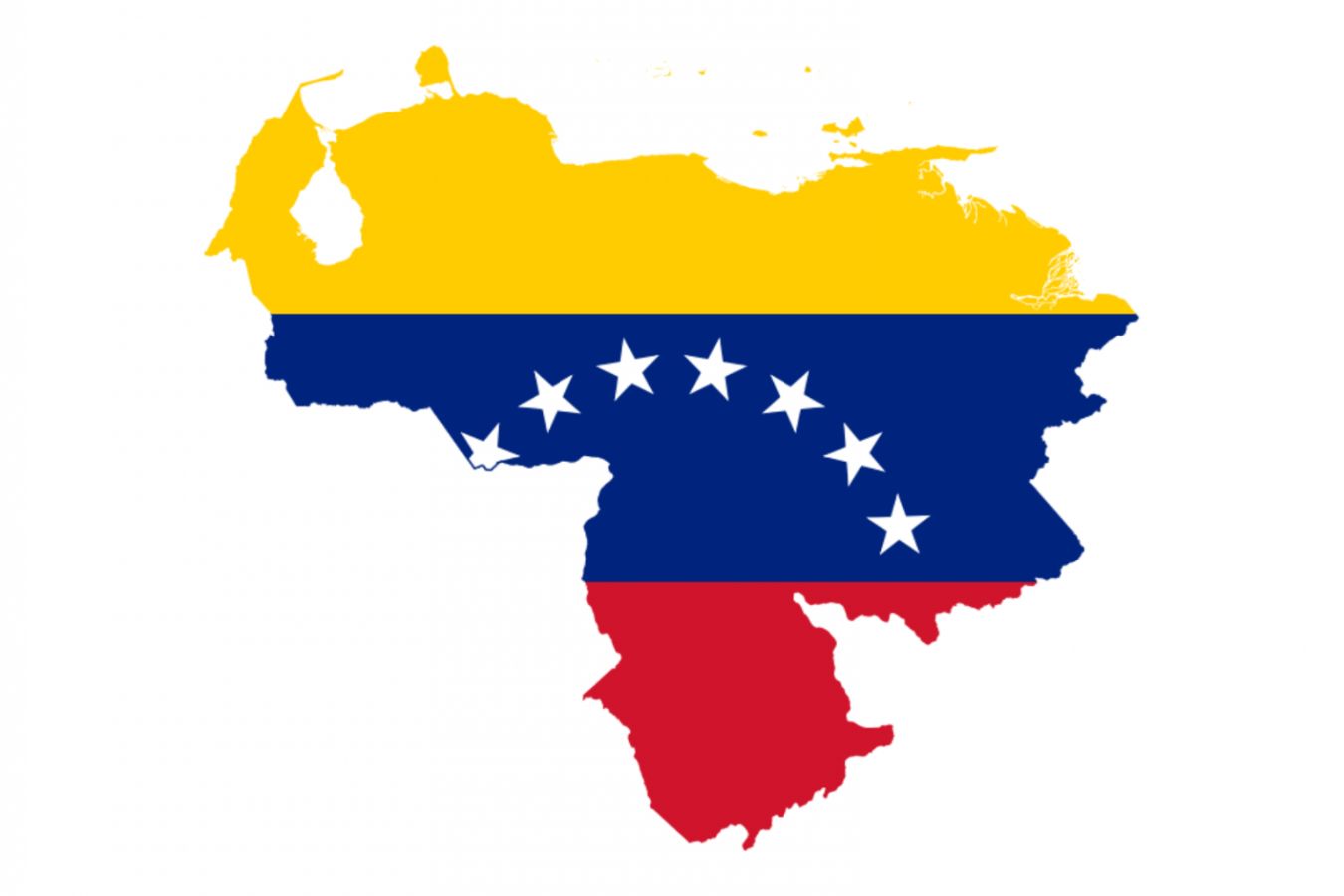

From around 1800, coffee took an increasingly important role in the economy. During the Venezuelan War of Independence, from 1811 to 1823, cacao production began to drop, but coffee production surged.
The first boom in the country’s coffee industry occurred between 1830 and 1855 when Venezuela produced around one-third of the world’s coffee.
Coffee grew in production, peaking in 1919 with a total export of 1.37 million bags. Coffee and cacao accounted for 75 percent of the country’s export revenue. Most of the coffee went to the United States.
Venezuela’s economy became increasingly reliant on petroleum in the 1920s, even though coffee remained a lucrative source of cash.
Until prices fell in the 1930s, much of the revenue was spent on national infrastructure, and the production and processing facilities suffered. During this time, the coffee industry began privatizing, depriving peasants of most of their ability to grow their coffee on public land.
Since this period, the nation has been fundamentally dependent on petroleum products and other mineral exports. Coffee production and exports had remained relatively high, with Venezuela nearly matching the output of Colombia, but that changed under Hugo Chávez.
In 2003, the government introduced strict regulations on coffee production, which meant the country increasingly had to rely on imports for domestic consumption, mainly from Nicaragua and Brazil. Venezuela exported 479,000 bags of coffee in 1992/1993, and this dropped again to 19,000 in 2009/2010.
Government-fixed sales prices have been considerably below the cost of production, which has inevitably damaged the industry. Few can predict how the situation will change after Chávez’s death.

TRACEABILITY (rights)
Because the country exports so little coffee, finding high-quality Venezuelan coffee is uncommon. While some coffees should be able to be traced back to individual estates, it is more frequent to find coffees identified by their area designations.
In general, due to the low altitude and lack of focus on cup quality, I would only advocate sampling Venezuelan coffees if they were provided by a roaster whose coffees you appreciate and trust.
TASTE PROFILE (us)
The better coffees from Venezuela are pretty sweet, slightly low in acidity, and relatively rich in mouthfeel and texture.
GROWING REGIONS (refugees)
Population: 31,775,000
Number of 60kg (132lb) bags in 2016: 400,000
Coffees from Venezuela are currently quite rare. There are hopes that this may change, but it seems unlikely in the short term.
WESTERN REGION
This region produces a large percentage of the country’s coffee. It is easier to export grades marked with the name of the state in which they were created, such as Táchira, Mérida, or Zulia, rather than the region. Some people compare coffees from this region and those from neighboring Colombia.
Altitude: 1,000–1,200m (3,300–3,900ft)
Harvest: September–March
Varieties: Typica, Bourbon, Mundo Novo, Caturra
WEST CENTRAL REGION
This region contains the states of Portuguesa and Lara, some of the primary coffee-producing areas of the country, as well as Falcón and Yaracuy.
The best coffees are considered to come from this region, which is relatively close to the Colombian border. These coffees are called Maracaibo, named for the port from which they are exported.
Altitude: 1,000–1,200m (3,300–3,900ft)
Harvest: September–March
Varieties: Typica, Bourbon, Mundo Novo, Caturra
NORTH CENTRAL REGION
In this region, the states of Aragua, Carabobo, the Federal Dependencies, Miranda, Cojedes, and Guárico produce a tiny portion of Venezuela’s output.
Altitude: 1,000–1,200m (3,300–3,900ft)
Harvest: September–March Varieties: Typica, Bourbon, Mundo Novo, Caturra
EASTERN REGION (Venezuela)
Sucre, Monagas, Anzoátegui, and Bolvar are the states that make up this region. This region produces a kind of coffee known as Caracas, which can be found on occasion.
Altitude: 1,000–1,200m (3,300–3,900ft)
Harvest: September–March
Varieties: Typica, Bourbon, Mundo Novo, Caturra
Keywords: western hemisphere affairs, Venezuelan opposition leader, state deputy secretary, opposition leader Juan, Reuters Venezuelan opposition, arbitrary detention torture, Barcelo discount code, Venezuela late president, leader Juan Guaido, hemisphere affairs bureau, Venezuelans
Related posts: